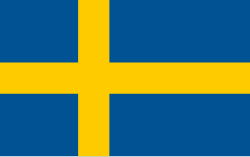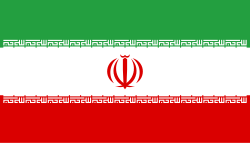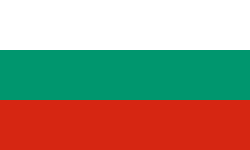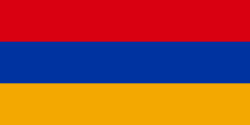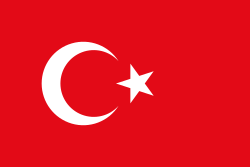Sušíl Kumár
| Sušíl Kumár | |
|---|---|
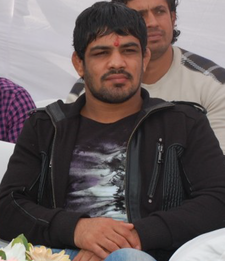 Sušíl Kumár (19. listopadu 2010) | |
| Narození | 26. května 1983 (39 let) Dillí |
| Bydliště | Baprola |
| Alma mater | Chaudhary Charan Singh University |
| Povolání | zápasník |
| Ocenění | CNN-IBN Indian of the Year (2010) Padma Shri in sports (2011) Major Dhyan Chand Khel Ratna Award in Sports and Games Arjuna Award |
| Některá data mohou pocházet z datové položky. | |
| Přehled medailí | ||
|---|---|---|
| stříbro | LOH 2012 | lehká váha |
| bronz | LOH 2008 | lehká váha |
| Mistrovství světa v zápasu ve volném stylu | ||
| zlato | MS 2010 | lehká váha |
Sušíl Kumár Solanki (hindsky सुशील कुमार) nebo (anglicky Sushil Kumar), (* 26. května 1983 v Dillí, Indie) je indický zápasník volnostylař, dvojnásobný olympijský medalista z let 2008 a 2012. Začínal s tradičním indickým zápasem kušti v dillské achaře pod vedením Jašvira Singha. Olympijskému zápasu ve volném stylu se věnuje od 14 let pod vedením Satpala Singha. Poprvé na sebe upozornil již v dorosteneckém věku. V roce 2004 startoval na olympijských hrách v Athénách, ale prohrál oba zápasy ve skupině a do vyřazovacích bojů nepostoupil. V roce 2008 na olympijských hrách v Pekingu prohrál ve druhém kole s Ukrajincem Andrijem Stadnykem, ale v opravách chytil druhý dech a vybojoval teprve druhou olympijskou medaili v zápase pro mekku zápasení Indii.[pozn. 1] V roce 2010 vybojoval pro Indii první titul mistra světa v zápase. V roce 2012 sbírku olympijských medailí doplnil o stříbro z olympijských her v Londýně, když ve finále nestačil na Japonce Tacuhira Jonemicu.
Poznámky
- ↑ Indie je historiky považována za místo, kde se poprvé začalo zápasit podle určitých pravidel boje.
Externí odkazy
 Obrázky, zvuky či videa k tématu Sušíl Kumár na Wikimedia Commons
Obrázky, zvuky či videa k tématu Sušíl Kumár na Wikimedia Commons - Výsledky Sušila Kumara na iat.uni-leipzig.de
- Sušíl Kumár v databázi Olympedia (anglicky)
Média použitá na této stránce
Olympic Rings without "rims" (gaps between the rings), As used, eg. in the logos of the 2008 and 2016 Olympics. The colour scheme applied here was specified in 2023 guidelines.
Olympic Rings without "rims" (gaps between the rings), As used, eg. in the logos of the 2008 and 2016 Olympics. The colour scheme applied here was specified in 2023 guidelines.
Flag of Iran. The tricolor flag was introduced in 1906, but after the Islamic Revolution of 1979 the Arabic words 'Allahu akbar' ('God is great'), written in the Kufic script of the Qur'an and repeated 22 times, were added to the red and green strips where they border the white central strip and in the middle is the emblem of Iran (which is a stylized Persian alphabet of the Arabic word Allah ("God")).
The official ISIRI standard (translation at FotW) gives two slightly different methods of construction for the flag: a compass-and-straightedge construction used for File:Flag of Iran (official).svg, and a "simplified" construction sheet with rational numbers used for this file.
Flag of Canada introduced in 1965, using Pantone colors. This design replaced the Canadian Red Ensign design.
Georgian flag in Pantone MS.
Autor: Bill william compton, Licence: CC BY-SA 3.0
Sushil Kumar, World champion (2010) and Beijing Olympics bronze medalist Indian wrestler, attending annual sports meet of GGSIPU, Delhi as a chief guest.

